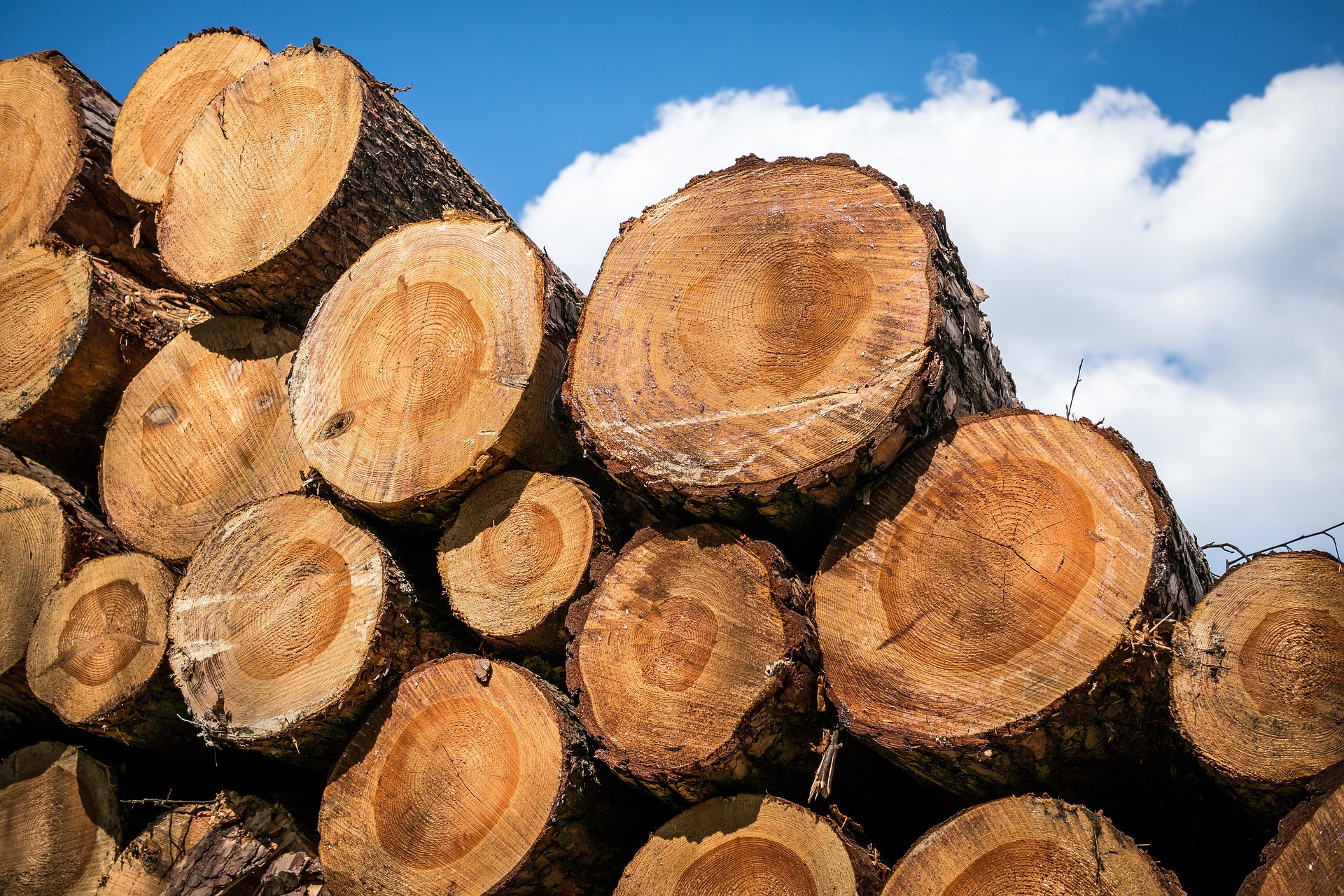The wood supply chain
The term sustainability when it comes to wooden structures always emerges. As we have already stated in our previous article on decarbonisation, wood by its nature is a 100% natural and sustainable material.
But the sustainability associated with this material with a thousand qualities does not refer only to its origin and composition, but also to its production chain.
What is meant by production chain?
According to a definition in the english vocabulary, it is a ” term characterizing a production process in general, involving various activities within the production system that may be performed by various organizations “; in our specific case these are all those production steps that start from the extraction of the tree from the forest, to the construction of the wooden structure.

There are many steps to get to the construction site, we see them in detail below:
- The forest
It all starts in the woods, where the woodcutters select and cut the trunks - From the forest to the sawmill
The logs, once cut, are transported directly to the sawmill - The sawmill
The wood is transformed into building material (beams of various kinds, planks, panels, etc.) - From sawmill to carpentry
The material produced is transported to the carpentry - The carpentry
Here the material is pre-cut and pre-assembled - From the carpentry to the construction site
All the material necessary for the construction of the structure is transported to the construction site - The construction site
We have reached the end of the supply chain where the transformed, manufactured and pre-assembled material becomes our wooden structure.
Here are the processes of this supply chain defined, but what do we mean by sustainability?
The sustainability of the supply chain
When we talk about the sustainability of the supply chain, we are talking about multiple aspects and it is precisely for these that this supply chain is so virtuous.
Let’s start from the forest where sustainability means respect for ecosystems and through very strict forest regulations, each cut must be authorized and followed by the planting of new vegetation; then we move on to transports which are always optimized to the maximum, i.e. if you want to reduce their number, they are filled completely even by combining several orders together;
we continue to the sawmills which are fueled by biomass (which are nothing more than reconverted processing waste) and where all the waste (bark, shavings and trimmings) take on new life, becoming panels of various kinds, insulators, biomass for the production of energy or other. Nothing is wasted, everything that goes into the sawmill comes out in the form of a different product or energy. The next on the list is the carpentry where here too the principle of 100% waste recovery applies and the power supply is green energy. Finally we arrive at the construction site where, thanks to the pre-cutting and pre-assembly, there is no waste with a structure with maximum performance.
It is therefore clear that in this supply chain the concept of “waste” does not exist because everything is reused, even several times and all the CO2 stored in the form of a tree remains inside it until the wood is carbonised. Furthermore, being a very well organized supply chain, everything is optimized to the maximum to avoid any form of waste.
Now do you understand why this supply chain is so virtuous?
Don’t wait any longer, build your next structure in wood because in addition to helping the environment, you will also have a structure with maximum performance!
